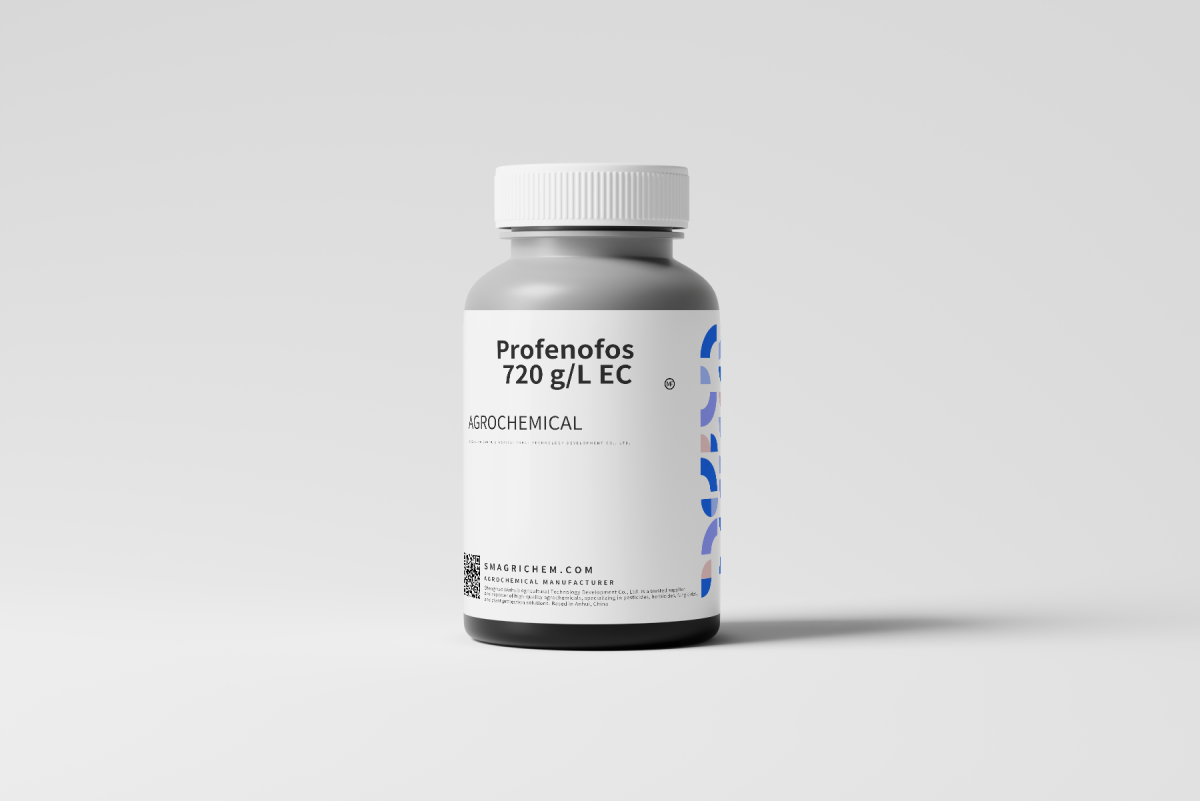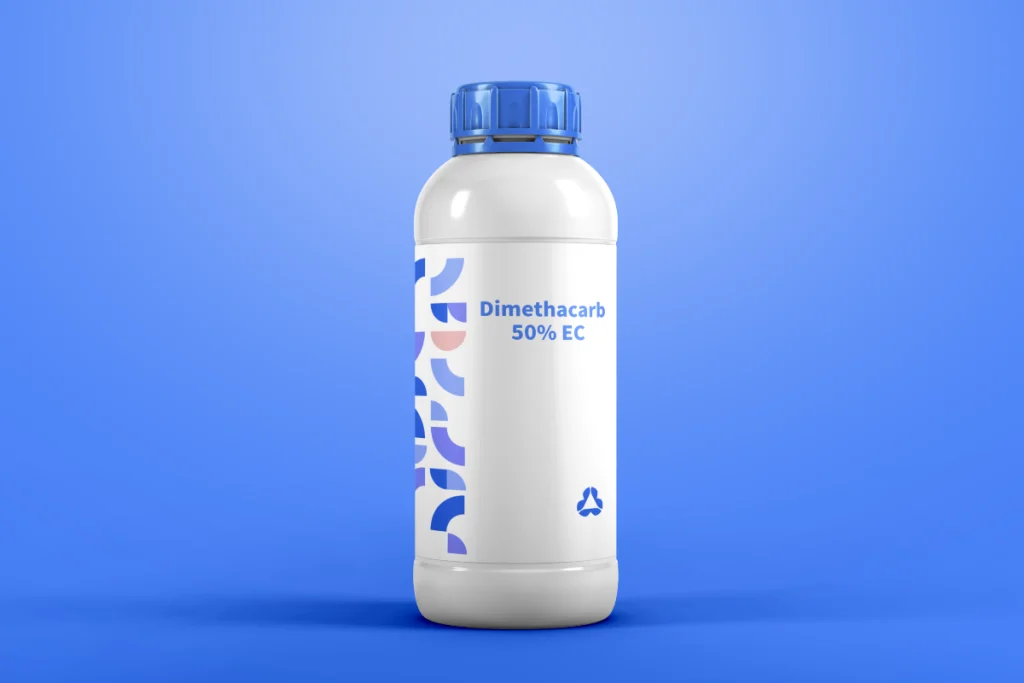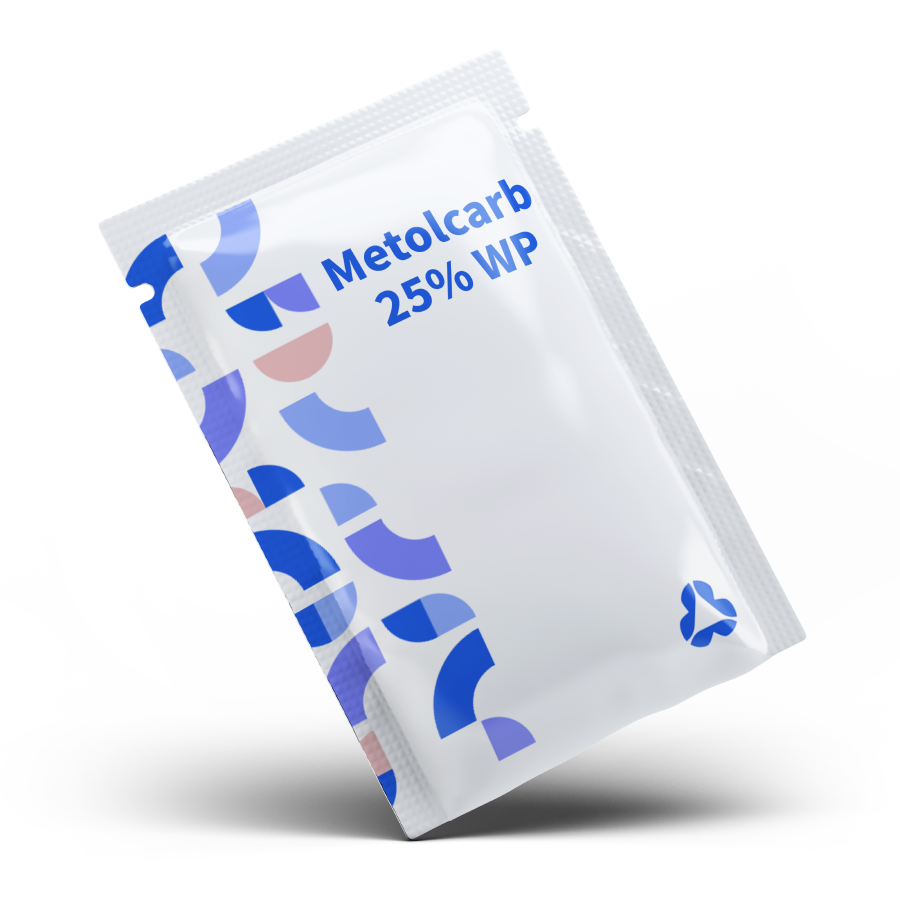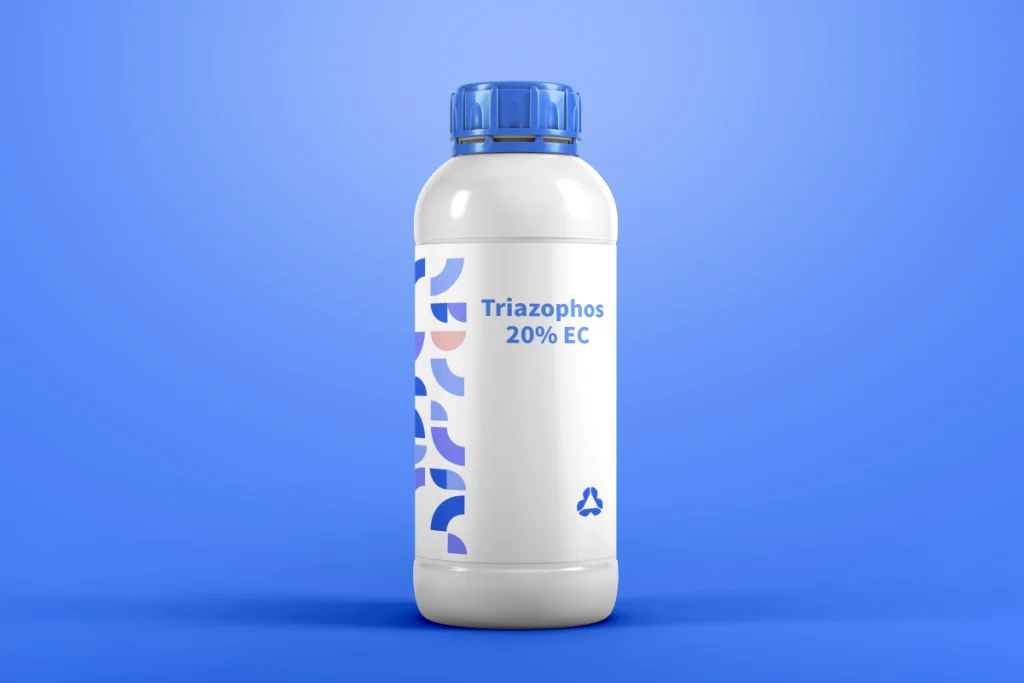Active Ingredient: Profenofos
CAS Number: 41198-08-7
Molecular Formula: C₁₂H₁₅BrClNO₃S
Classification: Organophosphate insecticide and acaricide
Primary Use: Controls chewing and sucking pests in cotton, rice, vegetables, and fruit crops through contact, stomach, and ovicidal action.




